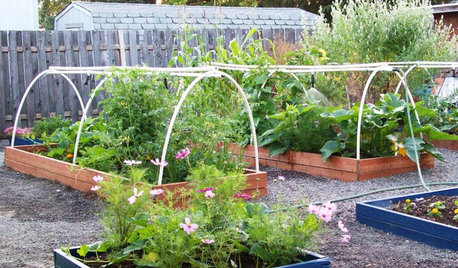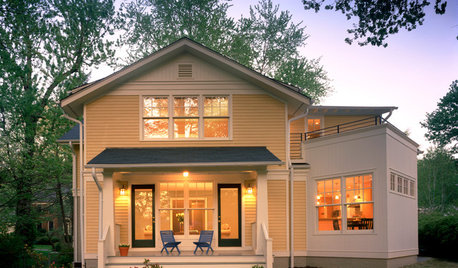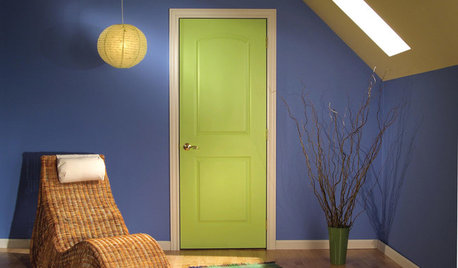Significantly different pollination rates on Apples?
Granite City Services
9 years ago
Related Stories

BENEFICIAL INSECTSAttract Pollinators for a Productive Edible Garden
You can lure bees, butterflies and birds into your yard with the right flowers and nesting spots
Full Story
GREEN BUILDINGWhat's LEED All About, Anyway?
If you're looking for a sustainable, energy-efficient home, look into LEED certification. Learn about the program and its rating system here
Full Story
GREEN BUILDINGLet’s Clear Up Some Confusion About Solar Panels
Different panel types do different things. If you want solar energy for your home, get the basics here first
Full Story
CONTRACTOR TIPSLearn the Lingo of Construction Project Costs
Estimates, bids, ballparks. Know the options and how they’re calculated to get the most accurate project price possible
Full Story
WORKING WITH PROSHow to Hire the Right Architect: Comparing Fees
Learn common fee structures architects use and why you might choose one over another
Full Story
EARTH DAYHow to Design a Garden for Native Bees
Create a garden that not only looks beautiful but also nurtures native bees — and helps other wildlife in the process
Full Story
GARDENING FOR BUTTERFLIESGardening for the Bees, and Why It’s a Good Thing
When you discover how hard bees work for our food supply, you may never garden without them in mind again
Full Story
GREAT HOME PROJECTSUpgrade Your House With New Interior Doors
New project for a new year: Enhance your home's architecture with new interior doors you'll love to live with every day
Full Story
INSPIRING GARDENSFrom Concrete Lot to Gracious Organic Garden in Seattle
Plants, pests and even weeds have a place in this landscape, which offers an edible bounty and a feast for the eyes
Full Story
GARDENING GUIDES15 Ideas to Try in Your Garden This Year
These gardening stories were tops among Houzz readers. Which ideas might you try this year?
Full StoryMore Discussions









Scott F Smith
alan haigh
Related Professionals
Brooklyn Center Landscape Architects & Landscape Designers · Stamford Landscape Contractors · Stoughton Landscape Contractors · Tempe Landscape Contractors · Alpharetta Landscape Contractors · Arden-Arcade Landscape Contractors · Barrington Landscape Contractors · Cliffside Park Landscape Contractors · Long Beach Landscape Contractors · Milford Mill Landscape Contractors · Mission Landscape Contractors · Oakland Landscape Contractors · Soddy Daisy Landscape Contractors · Southbury Landscape Contractors · Uxbridge Landscape Contractorsalan haigh